The landlocked East African country is headed for a bloody civil war which might escalate into a broader regional conflict involving Eritrea and Sudan. The best course of action for Prime Minister Abiy could be an early dialogue with the regional leadership of Tigray province
Ethiopia, located in the Horn of Africa, is popularly known as the “Mecca of Coffee”. Today it has seen one of the bloodiest conflicts in its northern region of Tigray wherein the federal forces are fighting with the local Tigray regional forces. The fierce fight that broke out in early November is simply a war between Addis Ababa, the central capital city, and the regional capital town of Mekele. It’s a show of strength of Prime Minister Abiy Ahmed Ali against combative Tigray People’s Liberation Front (TPLF) based in the restive region.
Further, it is straight fight between the majority Oromo community (around 34.6 per cent) represented by the PM Abiy and the minority Tigryans, barely 6 per cent of the total population of the country. Initially, the war in the Northern Province was planned for a limited scale, directly to target the TPLF, a militia cum political party, but now more than two weeks of military campaign has hinted a severe fight, showing no signs of talk, withdrawal and negotiation between the two warring groups. The current crisis in Ethiopia has its roots in the recent past of the country. The TPLF was established in February 1975, more than 45 years ago in the Tigray Province. A year before i.e. 1974 witnessed a tumultuous political situation in the country as Emperor Haile Selassie was overthrown by the military.
Afterwards, a new military junta, popularly known as “The Derg”, came into power in the country. The subsequent years brought home a devastating conflict, leading to the killing of thousands of young man and woman across the country. However, the Tigrayan region had to largely bear the brunt of the so-called “Red Terror”, unleashed by the Leftist Derg junta. Sadly, Derg continued in power in Ethiopia till 1991, when it was finally ousted by the armed rebels. And incidentally, the TPLF was an integral part of a coalition of resistance forces that finally moved out the junta from the power corridors of Ethiopia.
Then TPLF leader Meles Zenawi became the interim President later and also holds the historic record of being the first elected Prime Minister of the country in 1995. What it demonstrates is the consolidation of power by the minority Tigryans over the majority of the public institutions of Ethiopia. And the rest is a new history for this emerging African nation. The Tigryans ruled the country for almost three decades from 1991 to 2018 by becoming an alliance partner of the ruling coalition known as the Ethiopian People’s Revolutionary Democratic Front (EPRDF). This coalition was the brainchild of the veteran Meles to bring together like-minded groups to capture power in Addis Ababa. The EPRDF earned both reputation and severe criticism from the Ethiopians in its entire period in power and even after. Many say that during its time, child mortality rate fell, and the famine was prevented. But others argue that the Tigrayan-led EPRDF was no other than an absolute authoritarian regime that ruled the country with an iron hand.
Unfortunately, the other coalition partners had hardly any voice in regard to making critical policy decisions and deciding future course of actions. A new era has begun with the coming of Abiy to power in 2018 who is the first Oromo leader to come to occupy the seat of the head of the Ethiopian Government. He was a former military intelligence officer of the Government. In fact, years of protest that started after the departure of Tigray’s powerful leader and former PM Meles in 2012, forced his successor Hailemariam Desalegn to finally resign after six years of misrule and anarchy across the country. He was the chairman of the Southern Ethiopian People’s Democratic Movement. From the very beginning of his tenure, his role was ambivalent as he could hardly keep the powerful alliance partners under his control.
And most importantly, since he did not belong to the powerful Tigray community, it was absolutely difficult for him to exercise administrative control over them. Over the years, the Tigray ethnic group has massively expanded its sway over the army, secret services and the bureaucracy. These circumstances offered an opportune moment for Abiy to get elected as the leader of the EPRDF. For years, the Ormos have been marginalised by the EPRDF, led by the Tigray community and its powerful leaders in Addis Ababa. From the very beginning, he spoke the language of unity and promised his countrymen peace, development and progress. And this earned him praise even from his arch rivals in the Opposition political parties.
After assuming power, he released thousands of prisoners, unblocked a large number of media channels and privatised many Government owned enterprises. He reached out to Eritrea, Ethiopia’s old rival on the northern border, and made peace with that country. And as a result, he was awarded the 2019 Nobel Peace Prize which had brought home a chance of reclaiming Ethiopia’s position in the African continent once again.
However, gradually his reform package has altered the long-drawn power relations of the country. And in the last two years, the Tigrayans have registered their displeasure with Addis Ababa. They say that they are being targeted for the wrongs committed in the past and the current Government is fast trying to marginalise the community and its leadership. Last year, Abiy dissolved the EPRDF, and formed the Prosperity Party, but the TPLF refused to join the new coalition. Thus, formally, the dominance of the TPLF has come to an end and it was made possible by the shrewd leadership of Prime Minister Abiy.
What has finally triggered the current crisis in Tigray is no other than the regional election that took place in the province in September. Actually, because of the Covid-19 pandemic, the Abiy Government postponed the much anticipated general election on August 21 across the country. But the TPLF leadership accused Abiy of unconstitutionally extending the term of his Government. In defiance of the federal Government’s order, the TPLF conducted the election in its province. This incident has raised tension between the Central Government and the regional Government of Tigray. And on November 4, the forces loyal to the TPLF suddenly attacked the Northern Command of the Ethiopian National Defence Force based in Mekelle. After two days, the Abiy Government launched a massive military strike, saying the TPLF has crossed the “Red Line”. And since then the war is on the restive region.
Meanwhile, as a precautionary measure, Sudan has closed down the border with Ethiopia to avoid immediate clash and refugee movement. Around the same time, Addis Ababa has declared the regional Government of Tigray as illegal and proposed to form an interim Government out there as per the country’s Constitution. The UN is urging for a peaceful and swift resolution of the conflict in Ethiopia. It seems impossible for now as TPLF leader Debretsion Gebremichael has remained defiant. By now more than 25,000 refugees have crossed over to neighbouring Sudan. On November 14, the TPLF forces launched multiple rocket attacks on Asmara, the capital city of neighboring Eritrea. And interestingly, Gebremicahel has stated that Asmara was a “legitimate target” as its airbases are being used by the Ethiopian forces to carry out attacks on the TPLF fighters. This indicates that there is little chance of the warring parties to come down to the negotiation table unless there is a powerful mediating force.
This landlocked East African country is surely careening for a bloody civil war. And this might escalate to a broader regional conflict involving Eritrea and Sudan. The best course of action for Abiy could be an early dialogue and engagement of the regional leadership of Tigray province. Else, the new war could involve much more people, forces and the old militias of the region and across. It’s better to avoid a chaos and settle for immediate peace.
(The writer is an expert on international affairs)







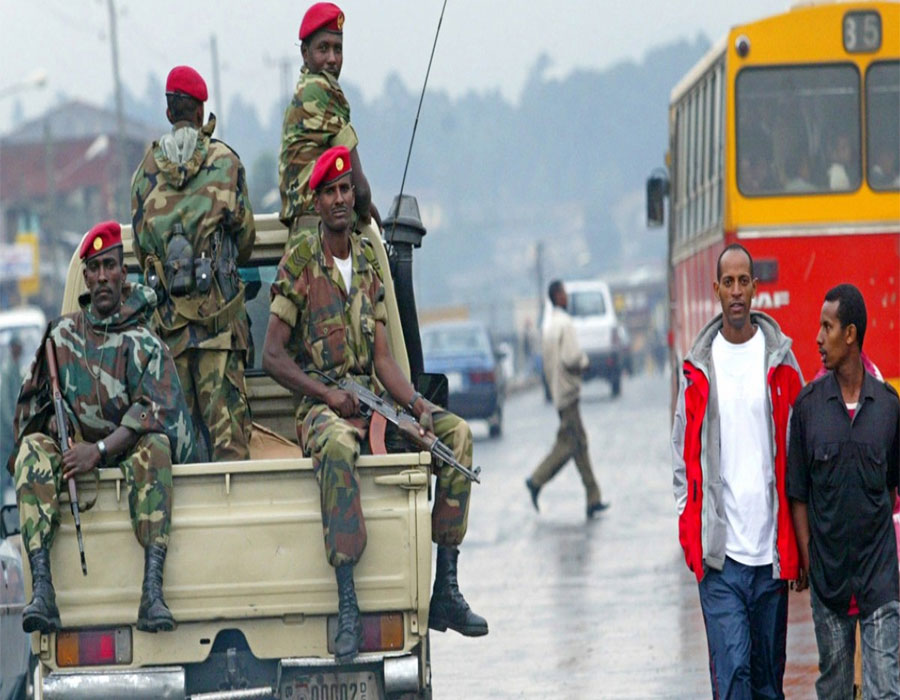
 OpinionExpress.In
OpinionExpress.In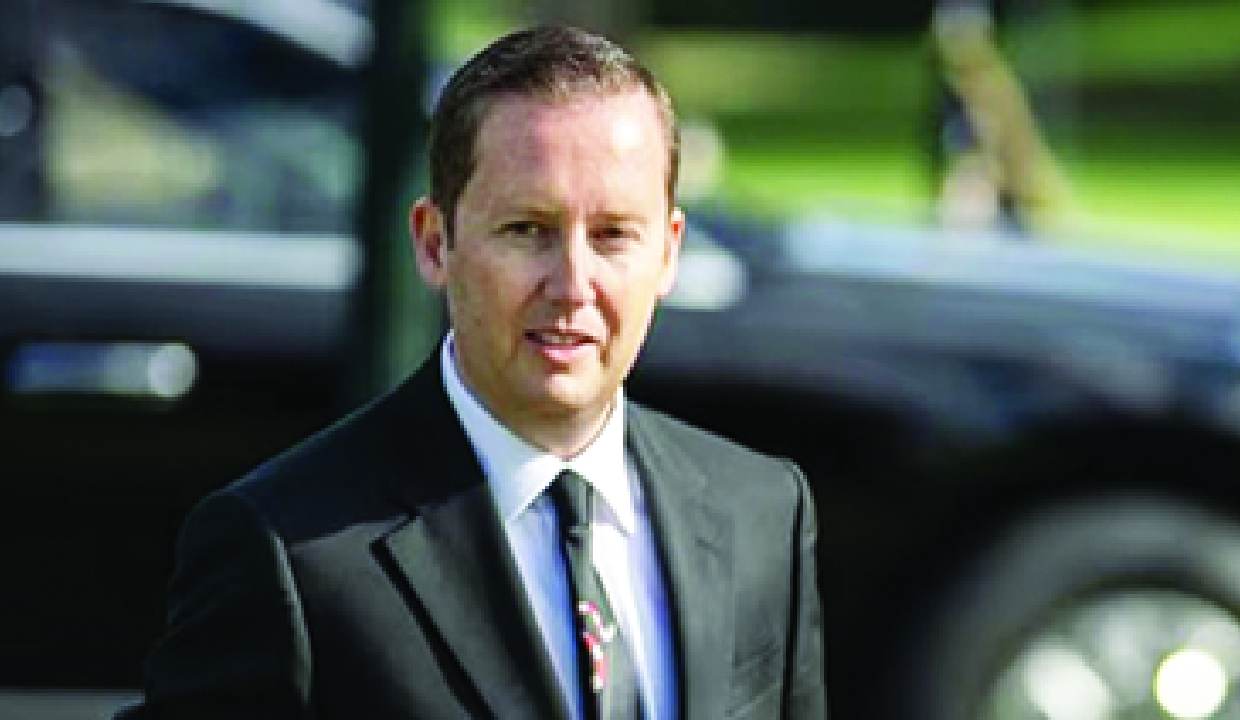
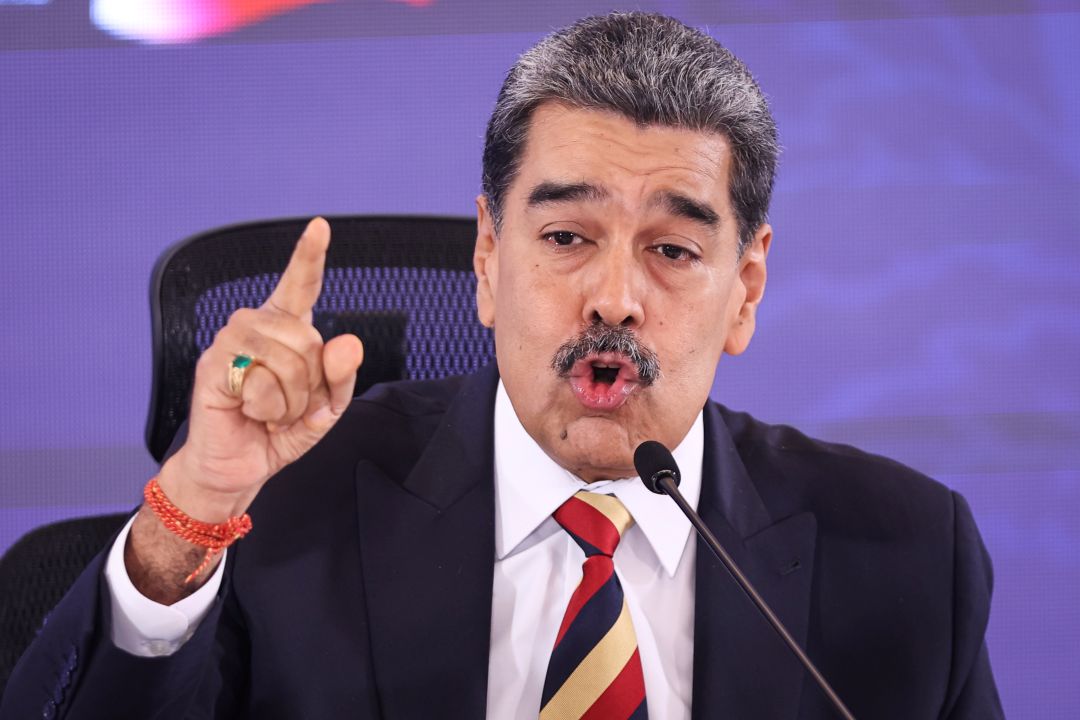

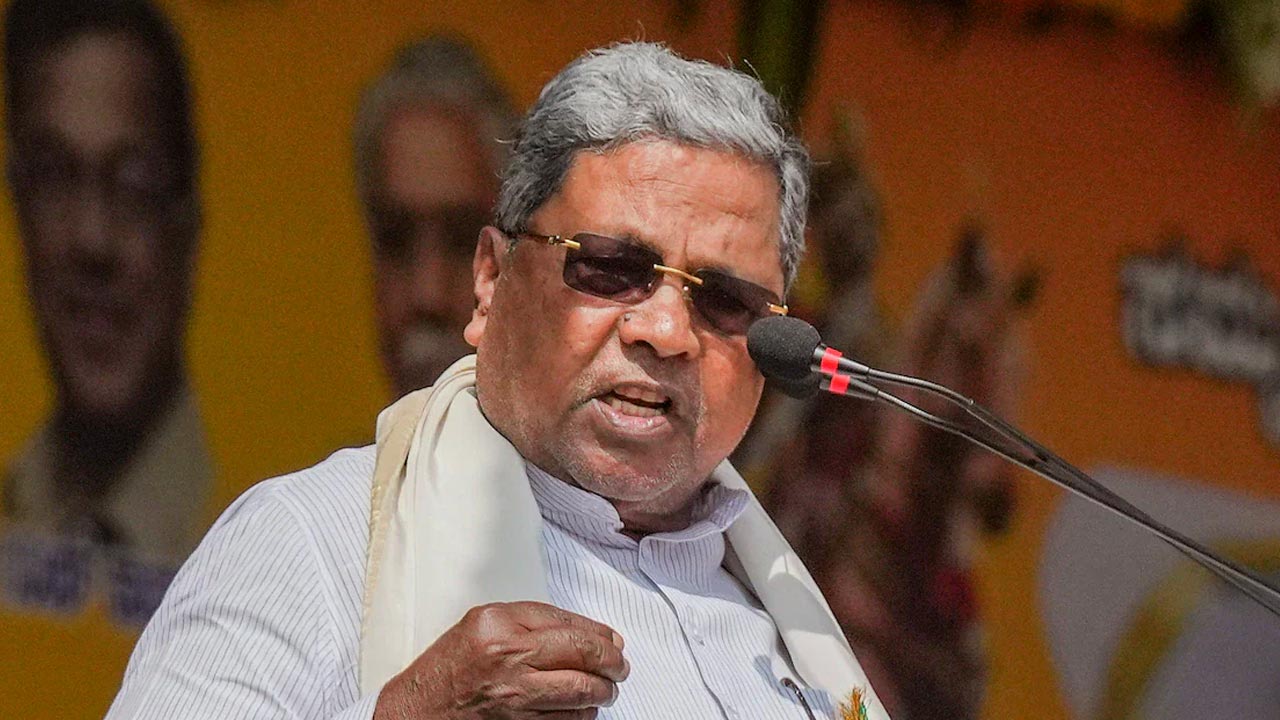
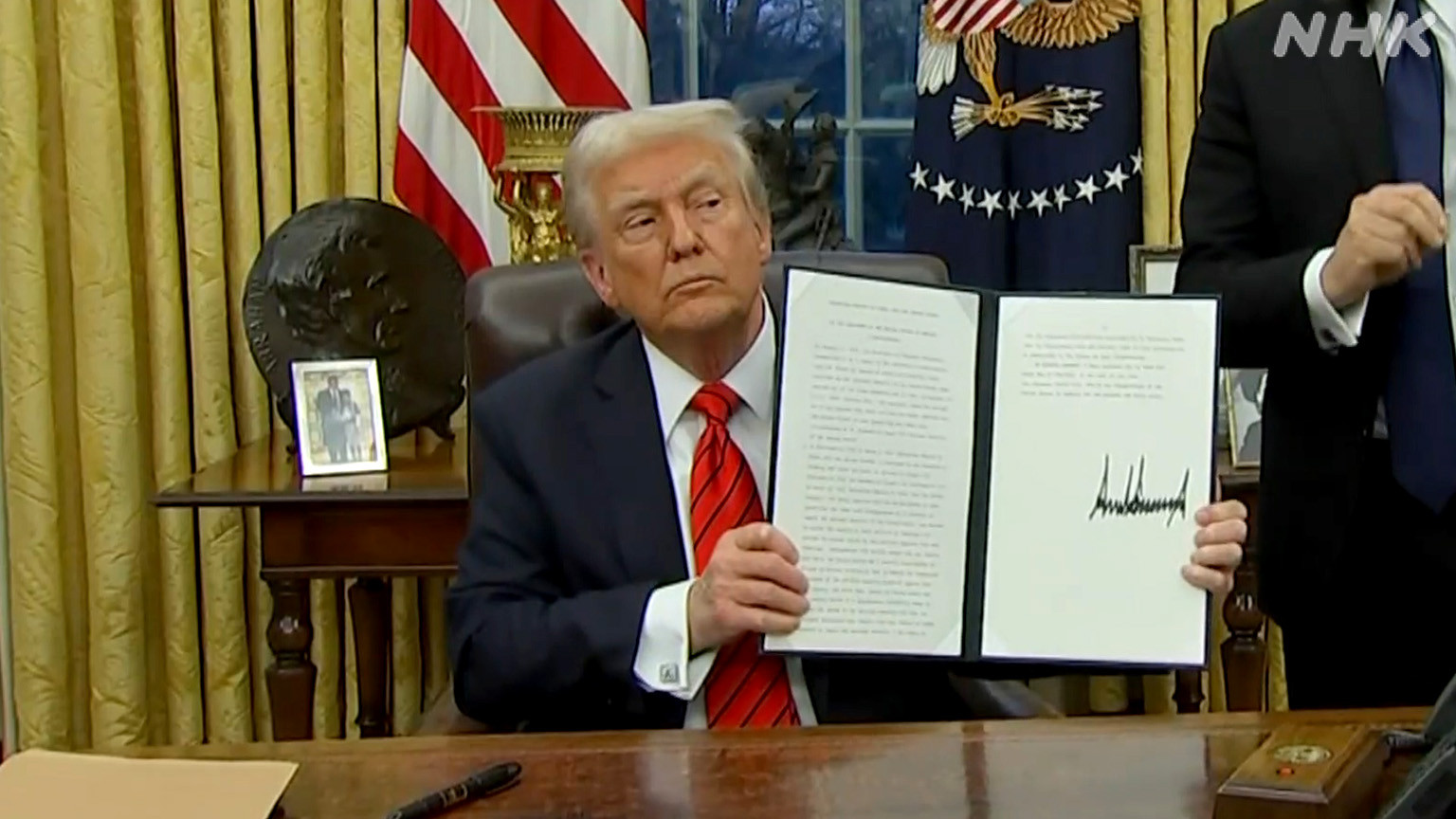
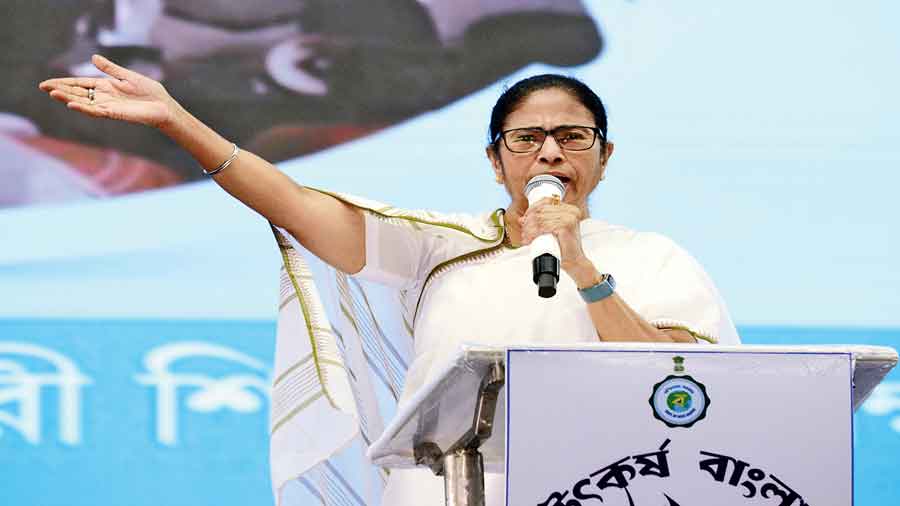
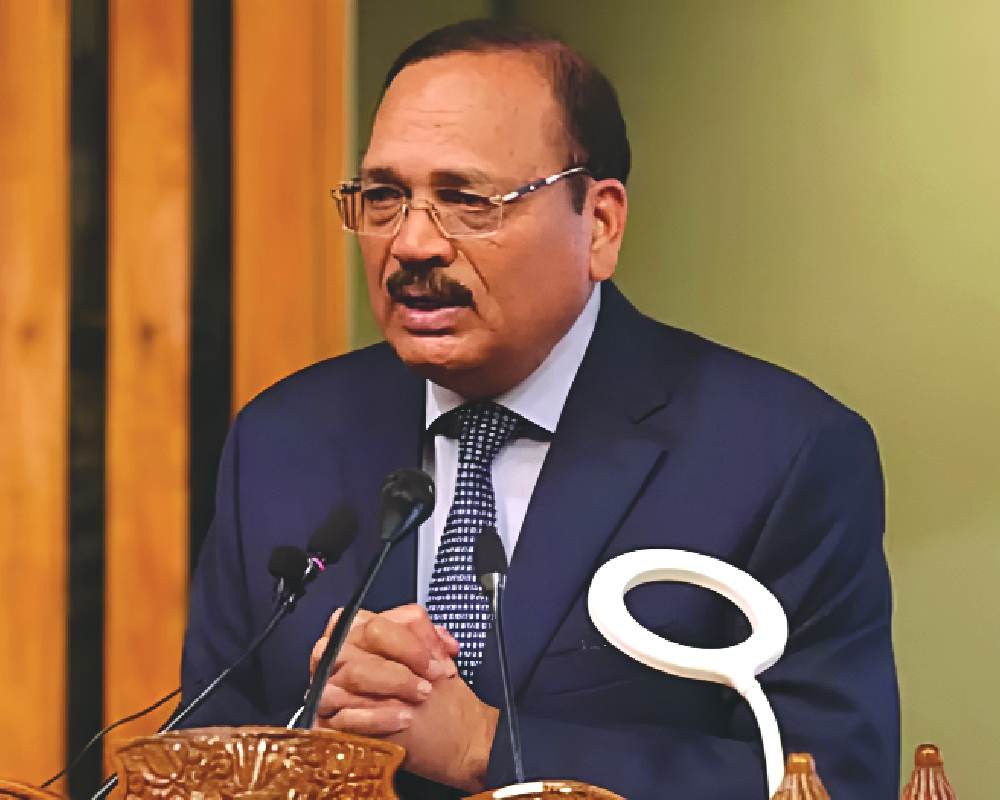
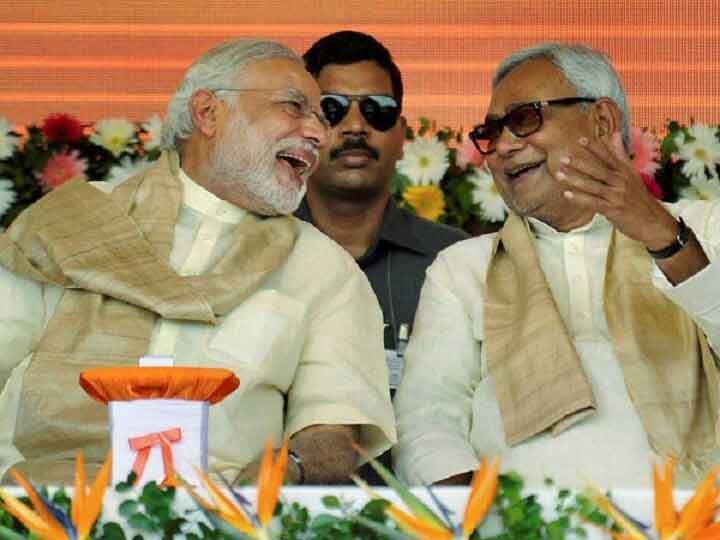

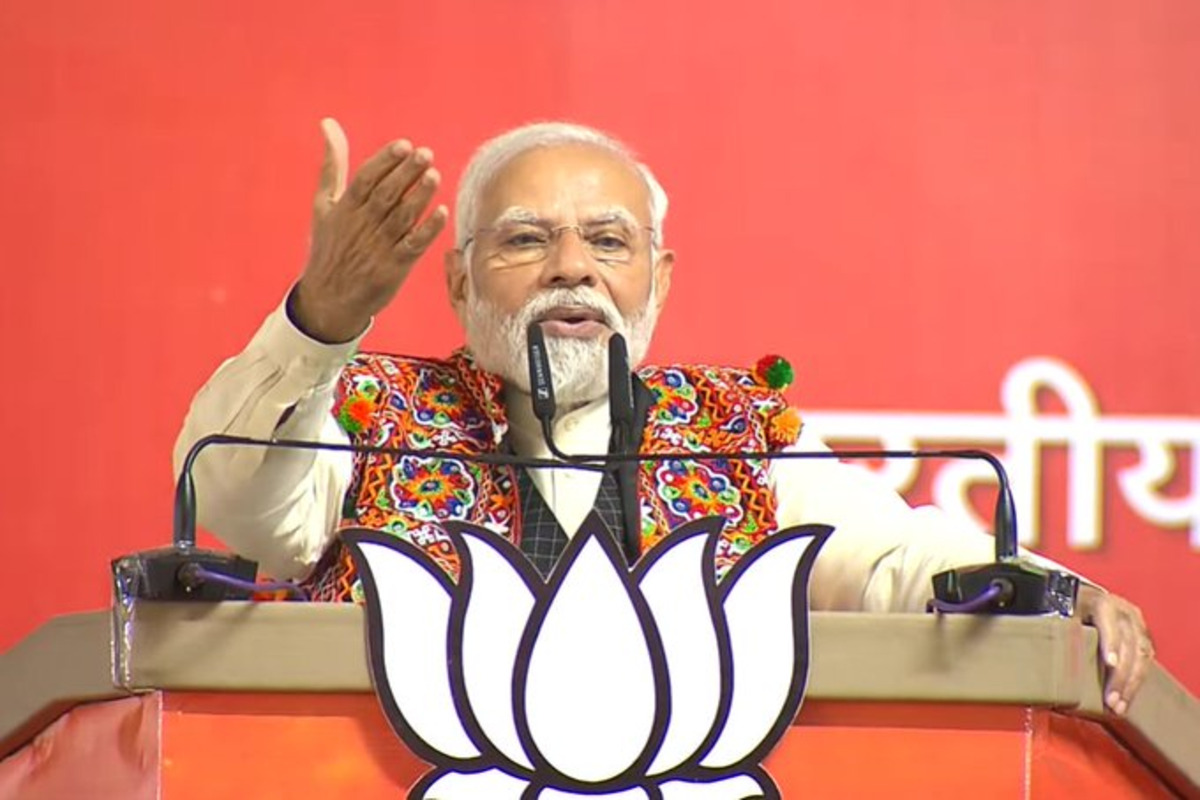






Comments (0)